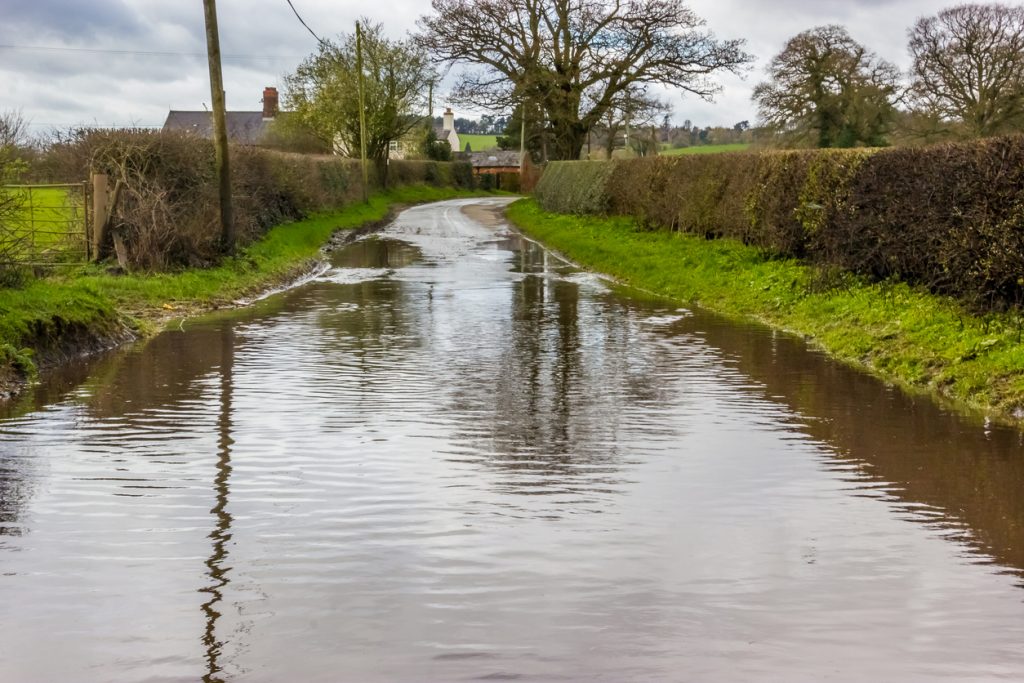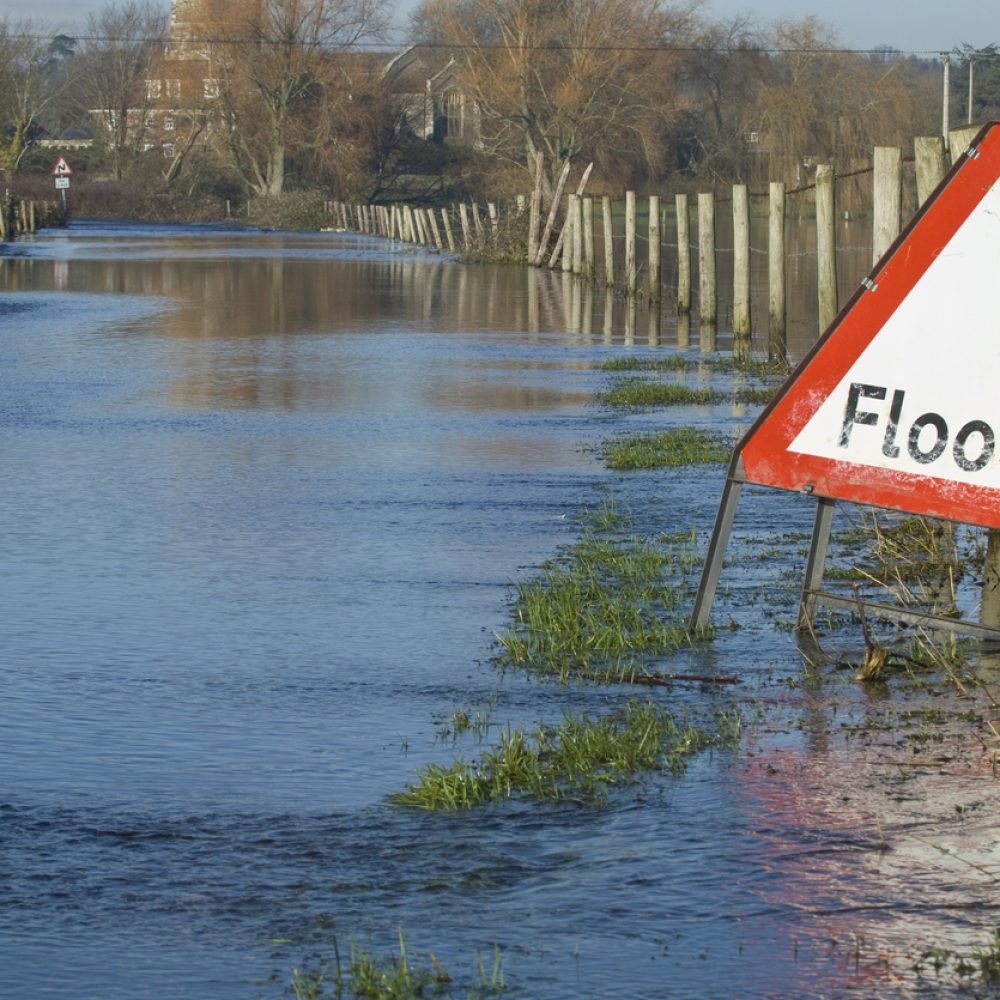Groundwater vs Surface Water: What’s the Difference?
It should go without saying, but water is essential for the survival of all life on Earth, and we soon notice it if it runs short during prolonged spells of hot and dry weather. By the same token, we also notice when there’s an excess, as it can lead to dangerous flooding that can cause untold damage to our homes and businesses and even put lives at risk.
Water comes to us from two sources, and these are known as surface water and groundwater. But what’s the difference and what impact does this have on flood control? The Need a Tanker team has been investigating.
What is surface water?

Surface water – as the name suggests – is the water that lies on the surface and is found in our seas, rivers, lakes and reservoirs. It gets there when rain falls and is contained in impermeable basins that allow us to easily access it.
What is groundwater?
Groundwater, on the other hand, is found below the surface of the planet. It gets there when rainfall and melting ice seep through the soil and into spaces between the soil and rock. It’s by far the biggest source of fresh water – in fact, some 98% of all our fresh water is found underground. Most groundwater is no more than a quarter of a mile below the planet’s surface.
The ground immediately below the planet’s surface dries out, but further down it doesn’t, and this is known as the ‘saturated zone’. The point at the top of the saturated zone is known as the water table.
The difference between groundwater and surface water
Surface water generally contains more contaminants than groundwater and will usually need some kind of treatment before it can be considered safe for human consumption. This treatment usually involves several processes, including filtration, sedimentation and disinfection.
Although it still has some level of contamination, groundwater gets filtered through the soil so that it’s a lot cleaner. This is why digging for wells in particularly dry parts of the planet represents such an important source of clean and safe water for those living there – its quality can be quickly tested using a hydroponics kit.
How are surface water and groundwater used?
While surface water is treated so that it can be used for drinking water, it’s mainly used in industrial processes, irrigation and other agricultural applications, wastewater treatment and for creating habitats.
Groundwater, however, is almost exclusively used for drinking water, although it is also used in industries where high-quality water is essential, such as brewing, and for irrigation in particularly dry areas.
Flooding issues with surface water and groundwater

Surface water creates flooding when prolonged and/or heavy rain causes rivers, the drainage system and other watercourses to fill faster than they can drain, meaning that the excess water overflows into the surrounding area. Such flooding can happen very quickly, which is why it’s known as flash flooding.
Groundwater flooding occurs when the water table rises to a level where the water comes up from below and into low-lying rooms, basements and structures.
We investigated issues surrounding groundwater flooding in this previous article.
Here at Need a Tanker, we can support you with a wide range of waste and water tanker services, from bulk water delivery and land drainage to dealing with basement flooding, flood water removal and much more.
Get in touch to ask for more details, get a cost-effective quotation or arrange an appointment for one of our experienced engineers to visit your site.

